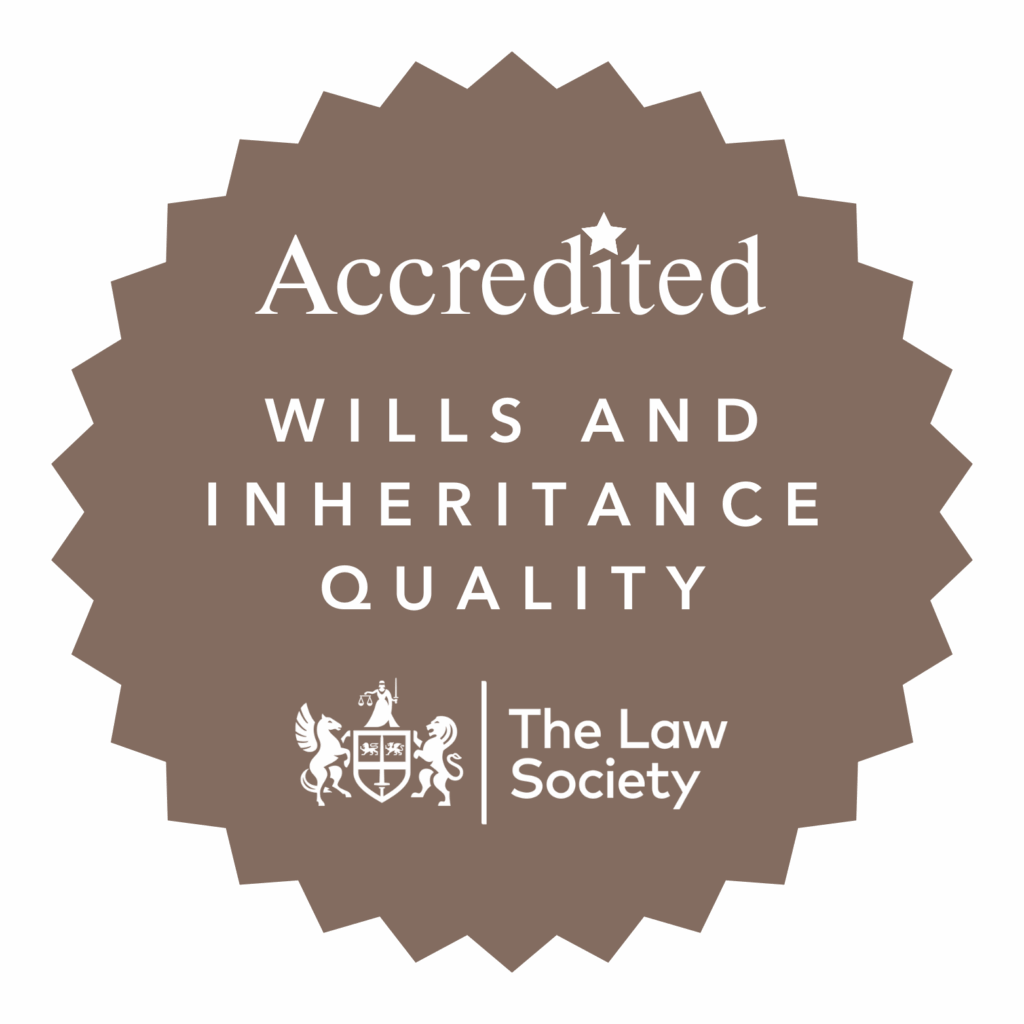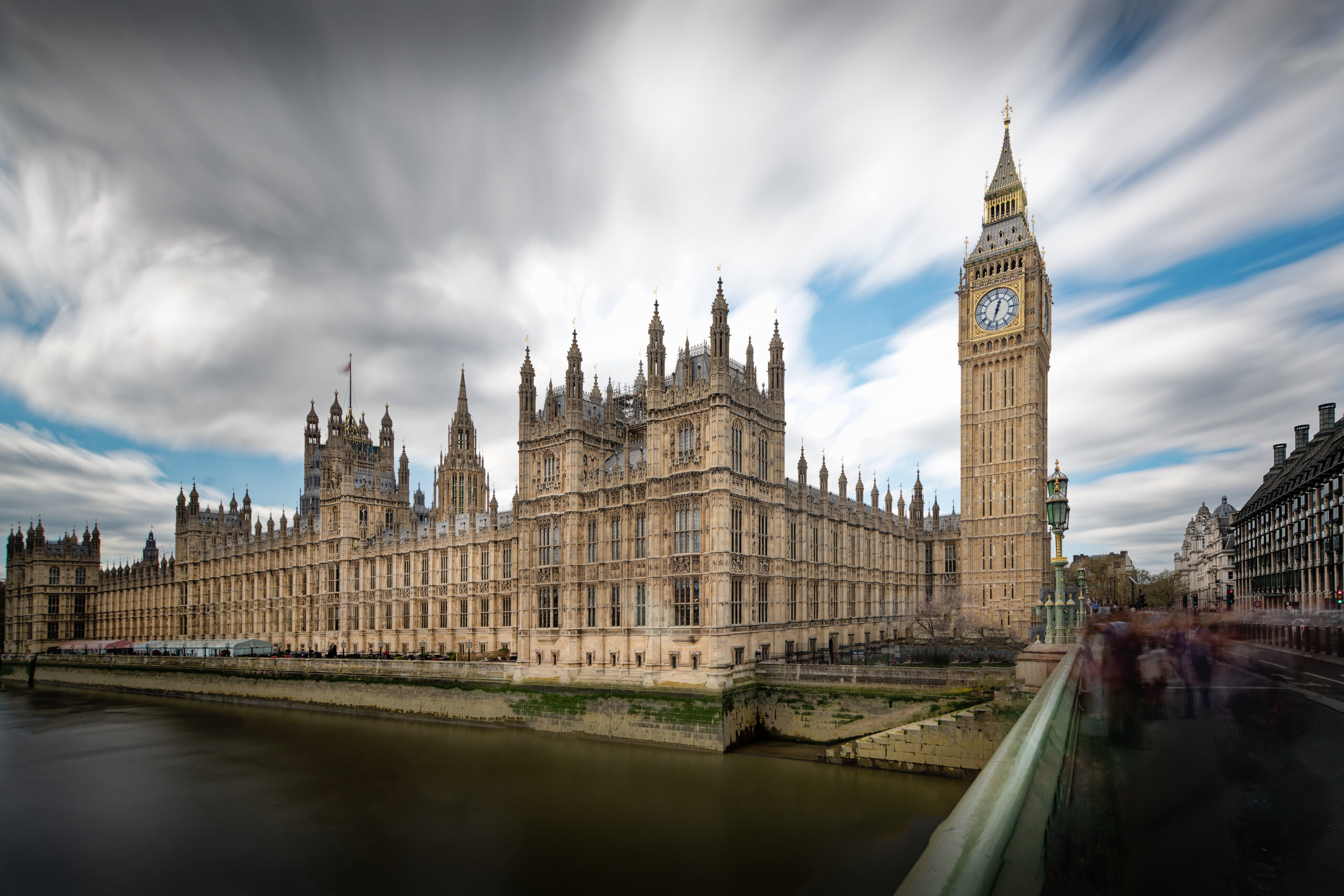Lisa’s Law is proud to announce that we have been awarded the Wills and Inheritance Quality Scheme (WIQS) accreditation by the Law Society.
This accreditation is a recognised mark of excellence, demonstrating that our Family Law team meets the highest standards of practice, client care and expertise in wills, inheritance and estate planning work.
WIQS not only reflects the quality of the service we provide, but will also serve as a strong foundation for maintaining and further improving our standards in the years ahead. It will help strengthen client confidence in our expertise and help support the continued growth of our client base.
Xinlei Zhang, who leads our Family Law practise:
Achieving WIQS accreditation is a significant milestone for our firm, highlighting our dedication to the highest standards in wills and inheritance planning. This recognition reassures clients that their matters are managed with exceptional expertise and celebrates the outstanding commitment and hard work of our team.
Managing Director, Chuanli Ding:
I am pleased that Lisa’s Law has achieved WIQS accreditation. This distinction is a testament to our expertise in this niche area of practice and our continuous commitment to delivering high quality service to clients. I am confident that this new status will empower us to serve more clients and take up our practice to new heights.
What can clients who use our Wills and Inheritance services expect?
Achieving WIQS means that clients can continue to expect:
- A clear and transparent process from the outset
- Tailored advice that reflects their personal circumstances
- Robust quality assurance and risk-management procedures
- A consistent, professional service delivered by trained specialists
This accreditation reflects our ongoing commitment to providing trusted, high-quality advice to individuals and families planning for the future.
If you need support with drafting a will, updating your estate plans, or navigating inheritance issues, our accredited team is here to help.
You can find out more about our Wills and Inheritance services in our brochure here.
Have questions? Get in touch today!
Call our office on 020 7928 0276, we will be taking calls from 9:30am to 6:00pm.
Email us on info@lisaslaw.co.uk.
Or, use the contact form on our website. Simply enter your details and leave a message, we will get right back to you: https://lisaslaw.co.uk/contact/
For more updates, follow us on our social media platforms! You can find them all on our Linktree right here.


















